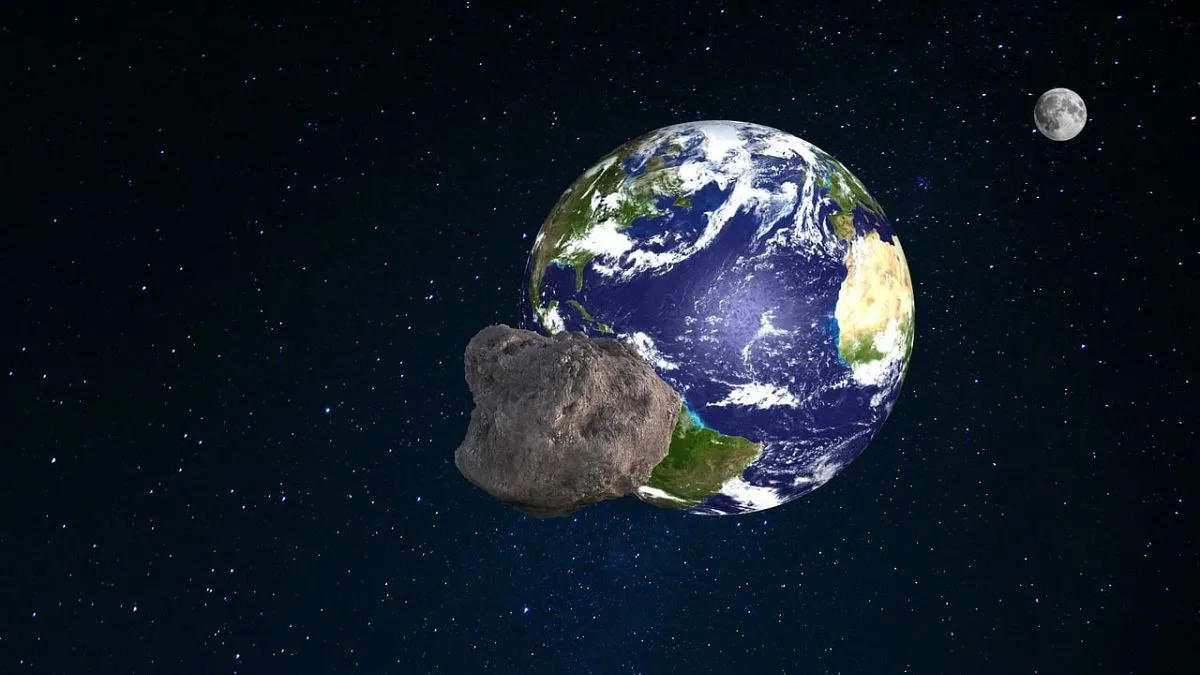
The probability of the recently discovered asteroid 2024 YR4 making a close pass by Earth in 2032 has significantly increased. Recent observations by NASA have led to a new estimation of a 2.3% chance of it impacting Earth on December 22, 2032. Previously, the risk was assessed at around 1%.
Despite the relatively low risk, scientists are diligently monitoring the asteroid's trajectory. The asteroid will remain visible until April, during which ground-based telescopes from the International Asteroid Warning Network will continue to track it. Post-April, 2024 YR4 will become too faint for observation until June 2028.
In March 2025, the James Webb Space Telescope is scheduled to determine the asteroid's precise size, which is currently estimated to be between 40 and 90 meters in diameter. This measurement will help clarify predictions regarding potential collisions.
The potential threat posed by asteroid 2024 YR4 is currently rated at 3 on the Torino Scale. This Yellow Level rating suggests a possible localized impact rather than a global catastrophe. It's important to note that with more precise calculations, the probability of impact could be adjusted to zero. SciTechDaily provides an overview of the scale:
0-1 degree: Negligible risk of impact. 2-4 degrees: Requires monitoring but not yet a concern. 5+ degrees: Serious risk needing international response.If the data collected about asteroid 2024 YR4 is accurate, its size is comparable to the Tunguska event, which occurred in 1908. This would imply a local impact effect, though potentially serious at the impact site. Tunguska, the largest recorded asteroid impact in human history, released energy equivalent to 50 million tonnes of TNT.
According to Space.com, the Tunguska impact flattened approximately 80 million trees across 2,150 square kilometers, resulting in three fatalities. If 2024 YR4 is composed of rocky material, it might explode midair and descend as a fireball. If made of iron, it could penetrate the atmosphere and create an impact crater. Understanding the asteroid's composition and size is thus crucial.
Asteroid hunter and engineer David Rankin from the Catalina Sky Survey emphasizes the importance of this data. Together with astronomers worldwide, efforts will persist to gather comprehensive information on asteroid 2024 YR4 before its potential close encounter in 2032.